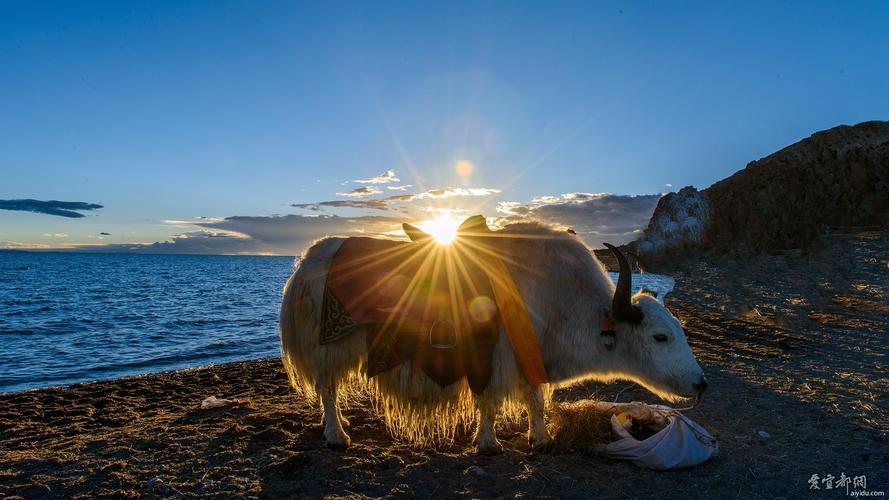Exploring the Richness and Diversity of the Cultural Identity of Filipinos
Filipinos are known for their warm and hospitable nature, and their culture is as diverse as the country’s 7,107 islands. The Philippines has a rich history shaped by centuries of colonization, trade, and migration, resulting in a unique blend of East and West that is evident in its language, religion, cuisine, and art. In this article, we will delve deeper into the cultural identity of Filipinos and explore some of its fascinating aspects.
Languages and Literature
The Philippines is a multilingual nation, with over 170 dialects spoken across its islands. Filipino, the country’s official language, is based on Tagalog, the language spoken in the capital city of Manila. English is also widely spoken and used in business and education, making the country a hub for outsourcing and foreign investment. Filipino literature is a reflection of the country’s rich history and diverse cultures. Works of literature written in different languages, such as Tagalog, Cebuano, Ilocano, and Hiligaynon, showcase the distinct voices and perspectives of Filipinos.
Food and Tradition
Filipino cuisine is a reflection of the country’s history of colonization and trade. Traditional Filipino dishes are a blend of native ingredients and those introduced by Spanish, Chinese, and Malay traders. Popular dishes include adobo, lechon, kare-kare, and lumpia, to name a few. Food plays an essential role in Filipino culture, from simple family meals to grand feasts held during celebrations such as Christmas and fiestas.
Religion and Festivals
The Philippines is predominantly a Christian nation, with over 80% of Filipinos identifying as Catholic. The Spanish colonial period introduced Catholicism to the country, and since then, it has become an integral part of Filipino culture. Filipinos are known for their religious fervor, as seen in their widespread participation in traditional Catholic practices such as the Holy Week rites of Visita Iglesia and the procession of the Black Nazarene.
Aside from religious practices, the Philippines also celebrates many festivals and cultural events throughout the year. The Sinulog Festival in Cebu, Ati-atihan Festival in Aklan, and Dinagyang Festival in Iloilo are just a few examples of colorful and vibrant celebrations that highlight the unique and diverse cultures of the Philippines.
Art and Music
Filipino art and music are diverse and vibrant, reflecting the country’s rich cultural heritage. Traditional Philippine art includes pottery, weaving, and woodcarving, while contemporary Filipino artists are making waves in the international scene with their works.
Filipino music is also a reflection of the country’s diverse cultures. The traditional music of the Philippines includes kundiman, harana, and folk songs, while modern Filipino music ranges from pop to hip hop to rock.
Conclusion
The cultural identity of Filipinos is diverse, vibrant, and rich in history and tradition. Although shaped by centuries of colonization, trade, and migration, Filipino culture continues to evolve and thrive, making it a significant contributor to the world’s cultural heritage. Understanding and appreciating the rich and diverse culture of the Philippines is essential in building bridges of understanding and respect between nations and peoples.
(Note: Do you have knowledge or insights to share? Unlock new opportunities and expand your reach by joining our authors team. Click Registration to join us and share your expertise with our readers.)
Speech tips:
Please note that any statements involving politics will not be approved.
